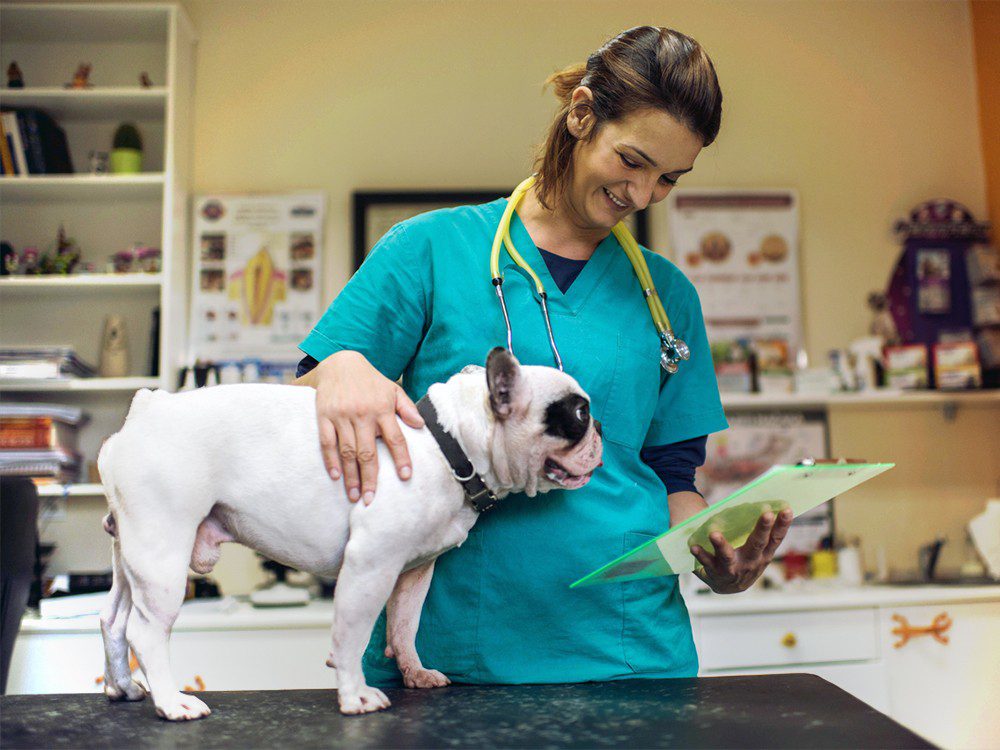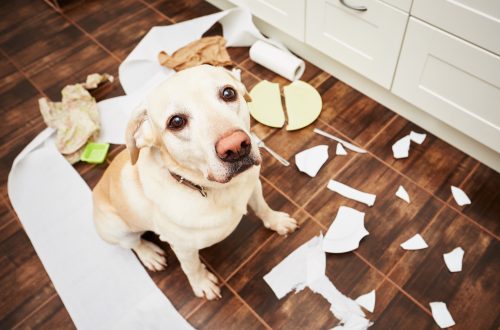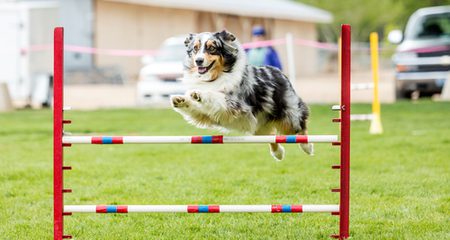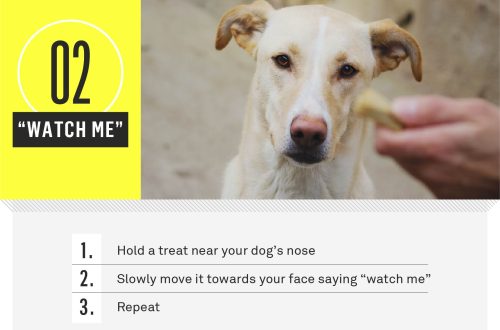
How to teach an adult dog to calmly go to the vet
Sometimes owners complain that the dog is terrified of going to the vet. Especially if the dog is an adult and already knows that it is painful and scary in the veterinary clinic. How to teach an adult dog to calmly go to the vet, especially if this dog has already had a negative experience?

First of all, it is worth considering that accustoming to quiet visits to the veterinary clinic will require quite a lot of time and effort on the part of the owner. And he must be ready for it. But nothing is impossible.
The technique of counterconditioning will come to the rescue. Which lies in the fact that we replace a negative emotional reaction to some kind of trigger with a positive one. We have already written about this in more detail, now we will only recall the essence.
You take the most delicious dog treat and feed it when you go to the veterinary clinic. Moreover, you work at a level where the dog is already a little tense, but has not yet begun to panic. Gradually achieve relaxation and take a step back.
Perhaps at first you will only have to work out the road to the veterinary clinic without entering it. Then go in the door, treat and immediately go out. And so on.
A useful skill will be the ability of the dog to relax on a signal (for example, on a special rug). You teach your pet this separately, first at home, then on the street, and then transfer this skill to difficult situations, such as visiting a veterinarian.
You will need to go to the veterinary clinic many times “idle” so that the negative experience is “overlapped” by the positive one. For example, come in, weigh yourself, treat your pet and leave. Or ask the administrator and / or veterinarian to treat the dog with something especially tasty.
Your own condition also plays a significant role. After all, dogs perfectly read our emotions, and if you are nervous, then it is difficult for a pet to remain calm and relaxed.
The main thing is to be patient, act consistently, systematically and not force events. And then everything will work out for you and the dog.





